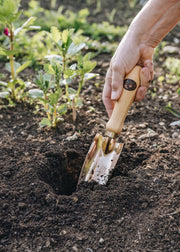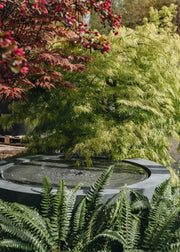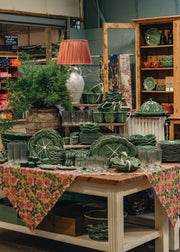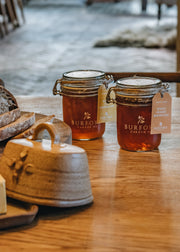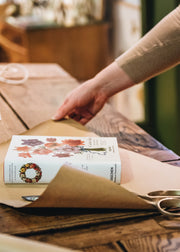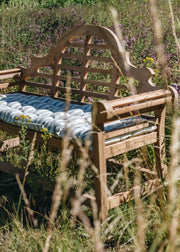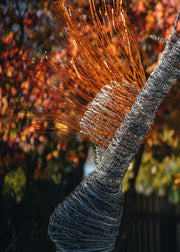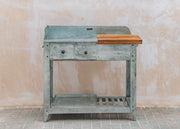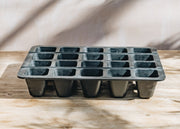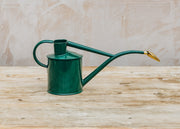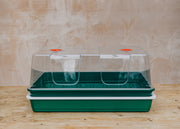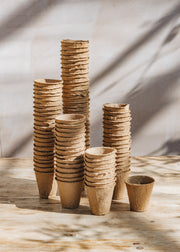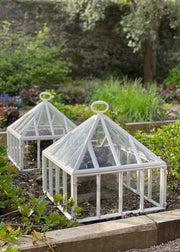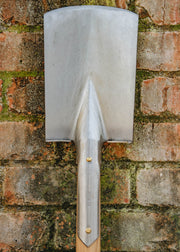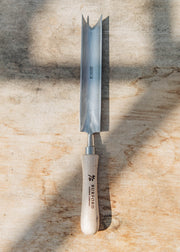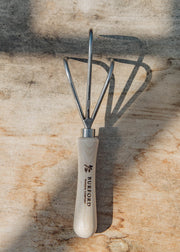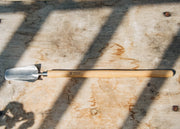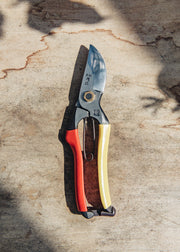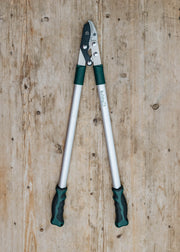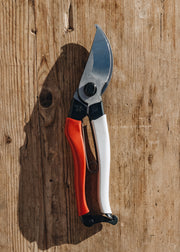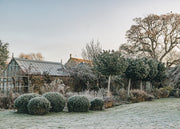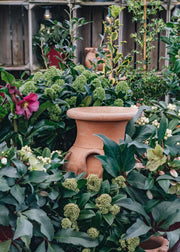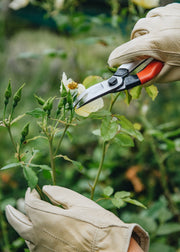Propagation & Preparation

We have already noted that the garden never sleeps, and there is a surprising amount of preparation that can be done now, knowing we will reap the rewards later in the year. We can get ahead of the game by sowing some seeds early indoors or in a greenhouse and by doing some timely pruning in the garden.
Planning is hugely important and deciding which seeds to plant is a fulfilling January job. Burford is delighted to be the only retailer in the country to stock the renowned Chiltern seeds, so please do visit us to peruse their remarkable range, as well as browsing the hundreds of other options we offer from highly reputable suppliers. While you are here, you can also select potato seeds in time to start chitting them at the end of the month, and choose onion and garlic sets in readiness for early spring.



January Planting
Seeds to sow now

Heated greenhouses are the ideal place to germinate seeds early, but on a smaller scale, propagators are also very useful. Position a simple, clear-lidded propagator on a windowsill near a radiator or place one that's electrically heated anywhere if there is a direct source of natural light. Once the seeds have germinated, the seedlings will turn surprisingly quickly into small plants.


Once the threat of a frost is passed and the ground has warmed up, these carefully nurtured plants can be planted out into prepared ground, but it is often a good idea to offer them protection to help them settle in. A glass cloche, a traditional tool used in Europe for over four centuries, is a good solution.

Lets get growing
With these future young vegetable plants in mind, January is the perfect time to turn your attention to the veg patch, if the soil isn’t waterlogged or frozen. To release less carbon and preserve soil structure, we encourage you to avoid digging, but do carefully clear the area. We have a number of different spades, forks and hand tools, which are ideal for removing weeds and for integrating a layer of manure or your own well-rotted compost.
Tools for the job
Right now, it is hard to imagine harvesting fruit with the warm sun on your back, but some fruiting bushes and trees need attention in January to maximise that goal. Being a rather intricate job, it is sometimes a good idea to seek professional advice on your own trees before embarking on this task. Established (but not ancient) apple and pear trees should be pruned back approximately 10-20% to allow air through the canopy and to remove dead, diseased or damaged branches. Try not to take off more, or else the tree will put its efforts into regrowth rather than producing fruit. Watersprouts should also be removed.
The same ‘three Ds’ approach (remove dead, damaged or diseased wood) should be taken to blueberry, blackberry, gooseberry, and redcurrant bushes now. The old canes of raspberries should be cut down to the ground to leave room for the new ones to develop. Grape vines and figs should also be pruned now to avoid loss of sap from cuts and to encourage more successful fruiting in the summer.

